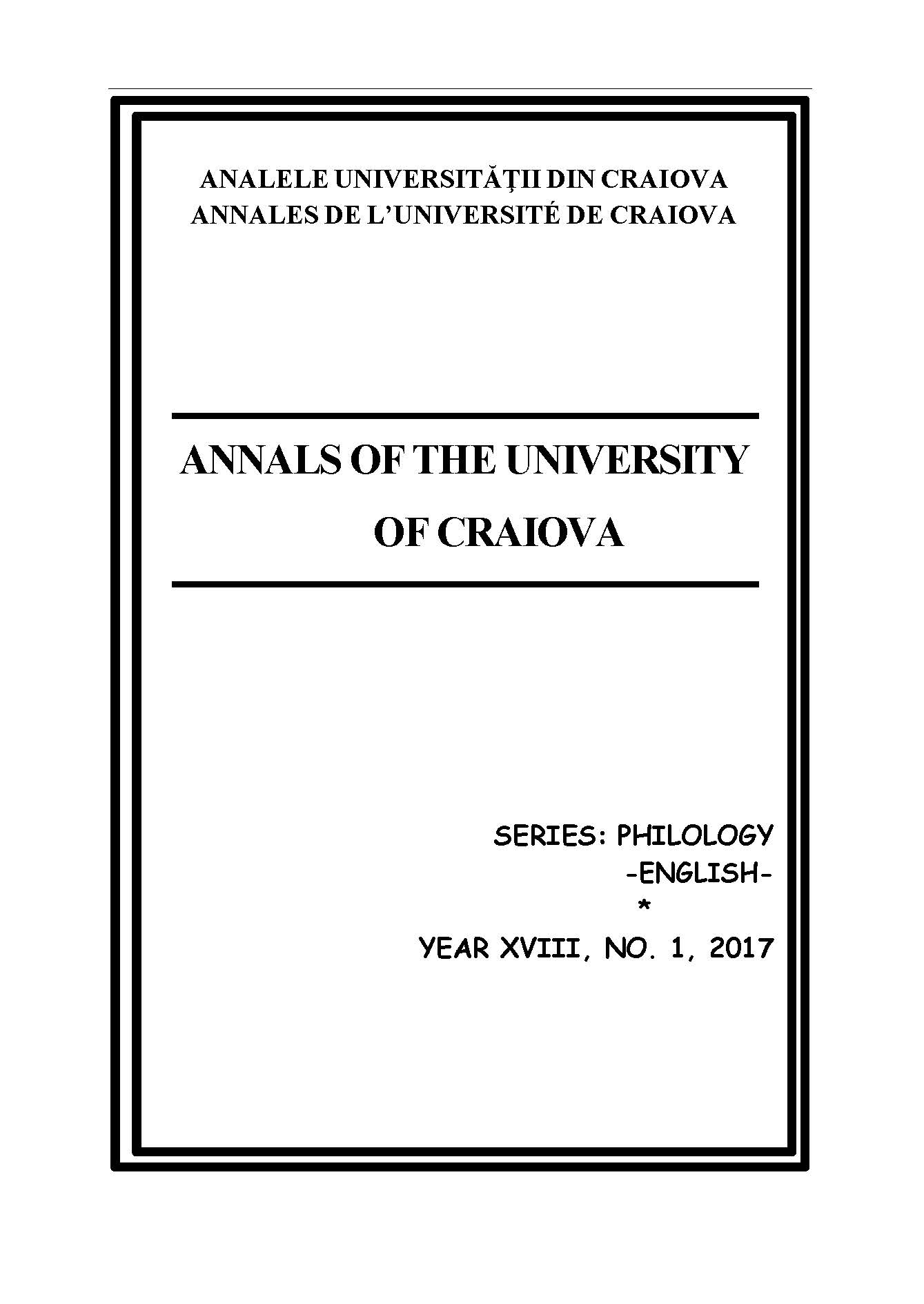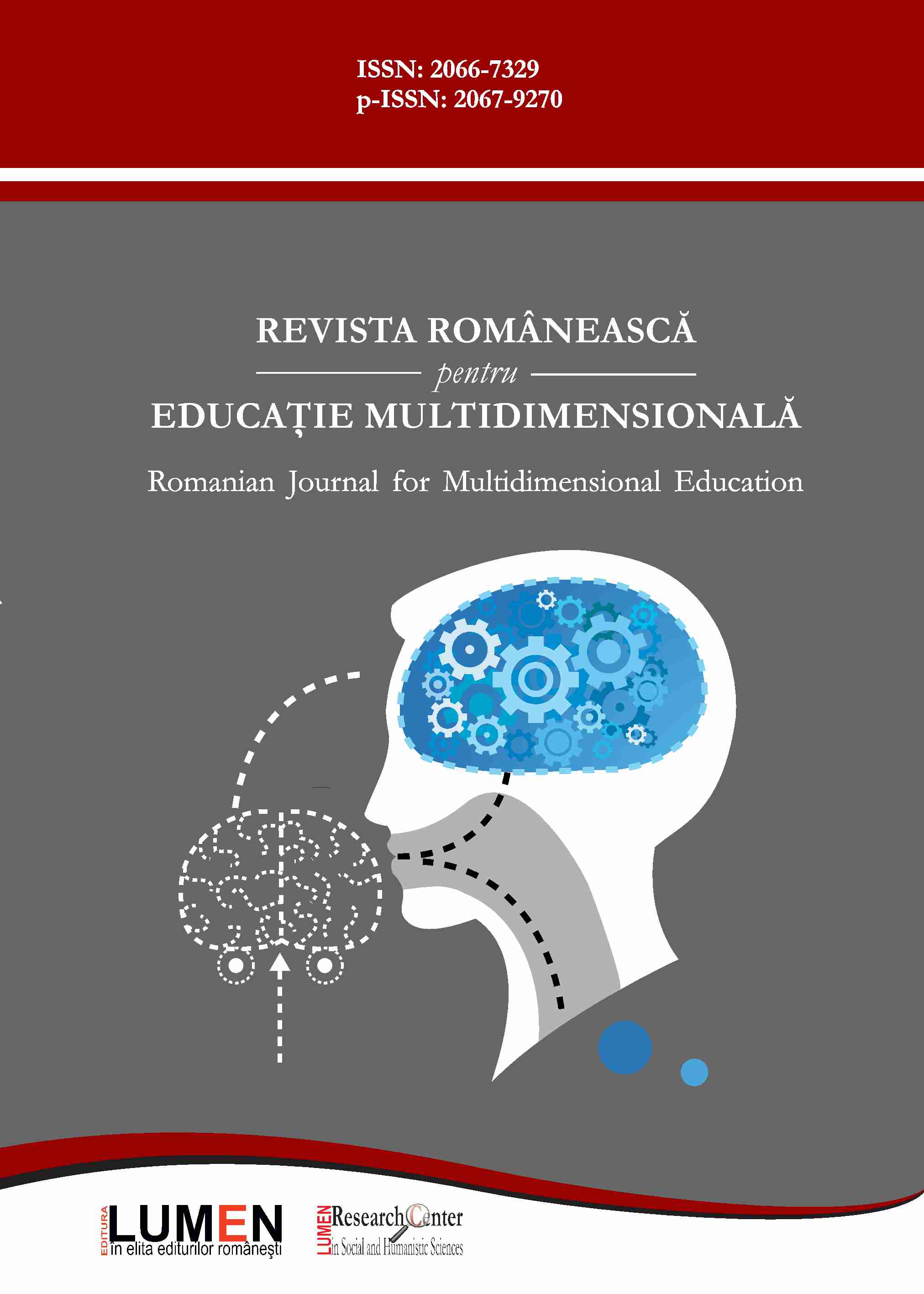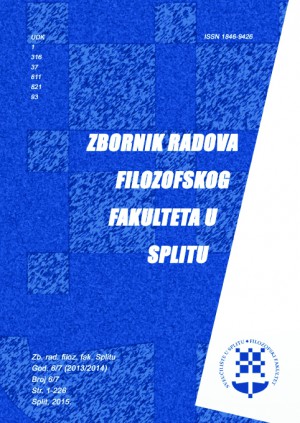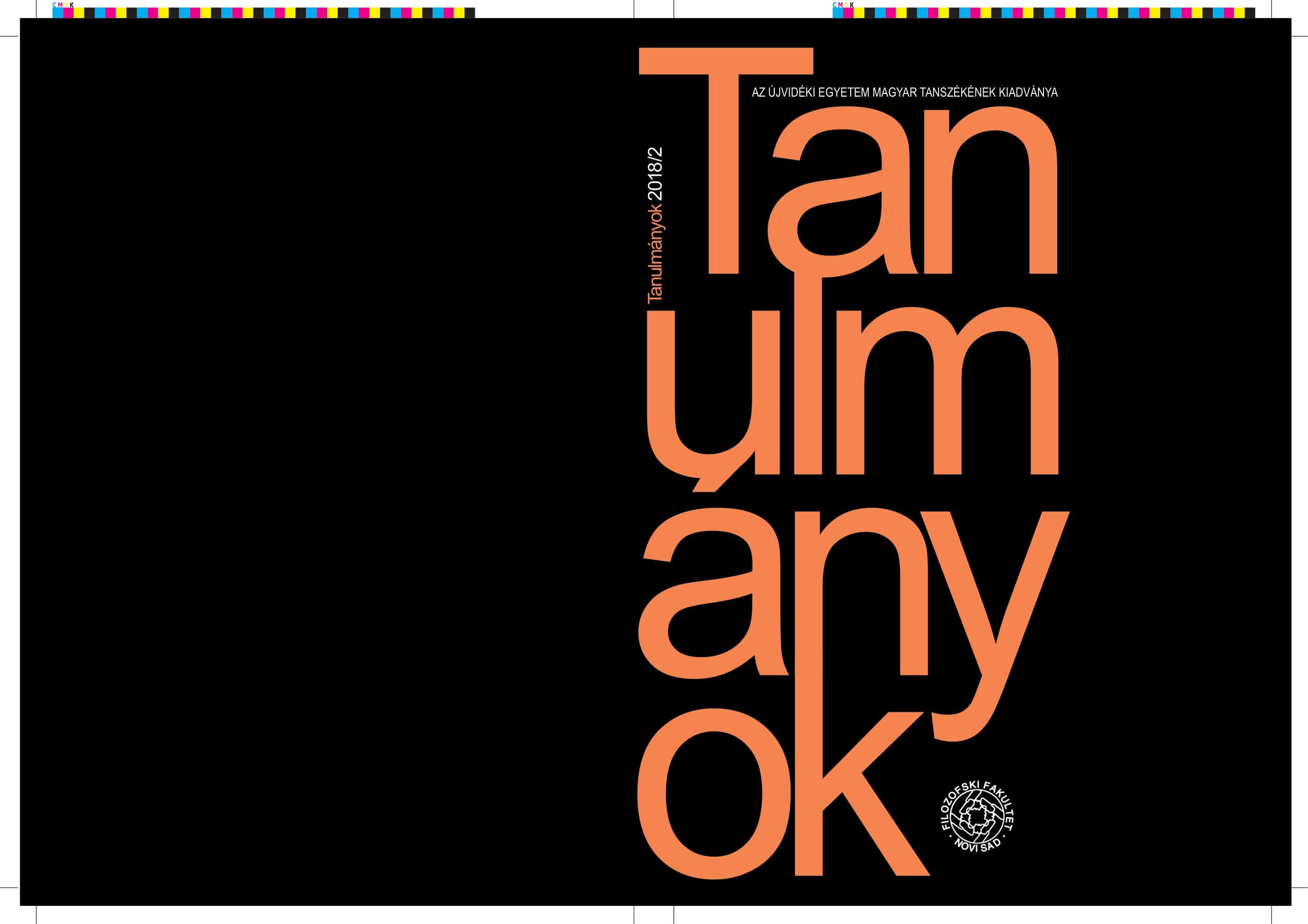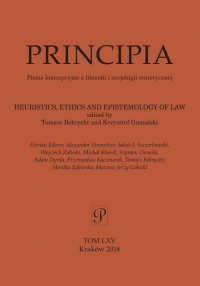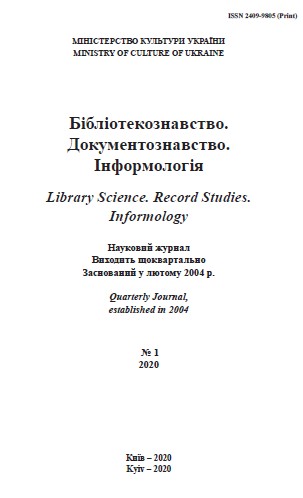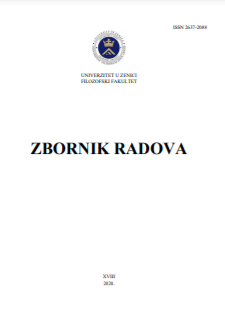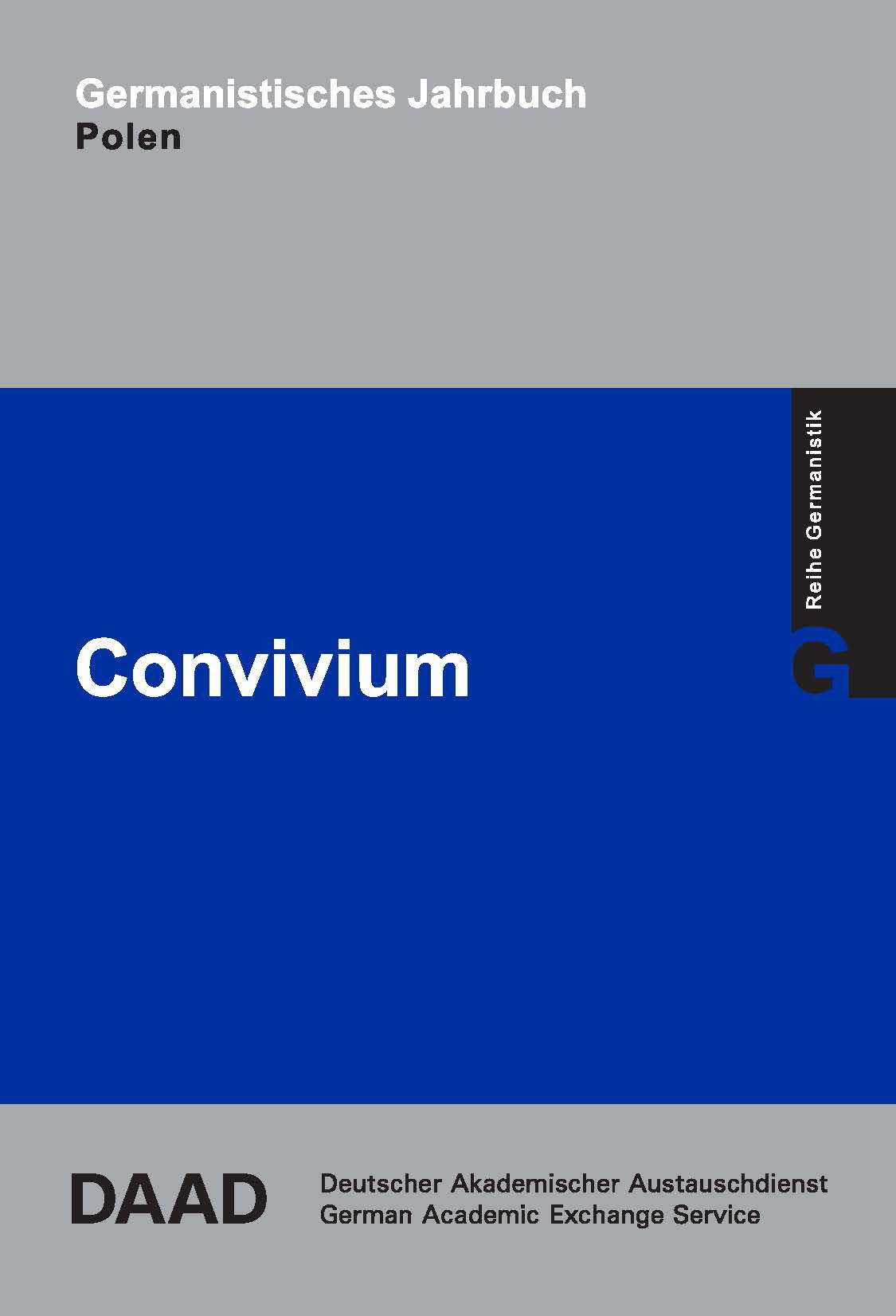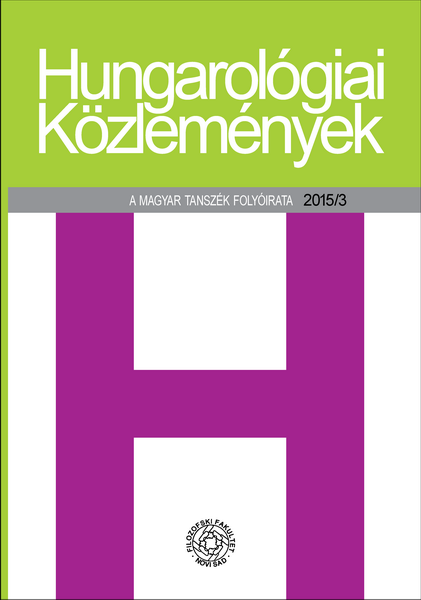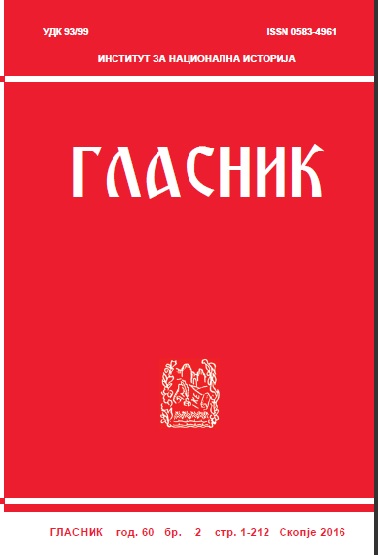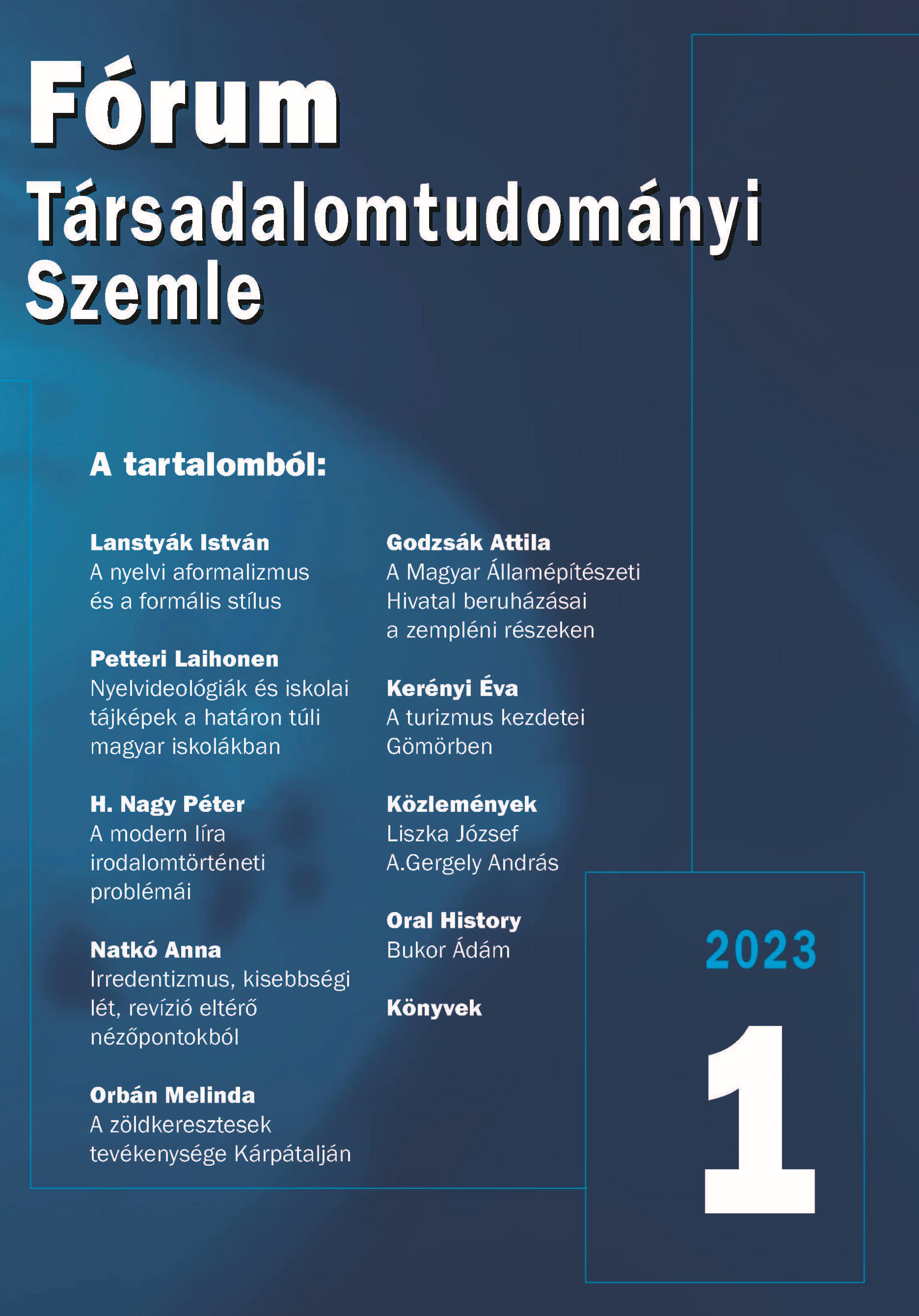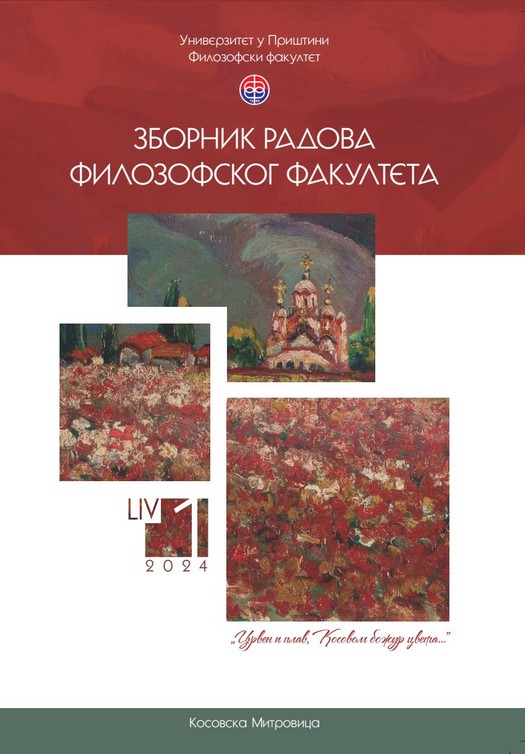Author(s): Lyudmila Cherednyk / Language(s): Ukrainian
Issue: 1/2020
Purpose of the article. The article discusses current issues of the formation of the terms “advertising” and “suggestion” and analyzes the use of suggestive techniques in modern advertising. The methodology includes the use of a descriptive method, an analysis and a synthesis method to identify the socio-cultural significance of advertising. The scientific novelty of the work lies in the comprehensive characterization of the most typical types of advertising and the analysis of the main techniques of suggestion used in advertising, in linguistic discourse. Conclusions. A detailed analysis of the genesis of the terms “advertising” and “suggestion” proves that they have a long interesting history, which is closely related to the development of world scientific and technological progress. In the course of the study, the origin of advertising in antiquity was examined, the development of handwritten advertising was analyzed, and a review was made of the emergence of European and Ukrainian advertising publications. The study showed that the concept of “advertising” is perceived by modern scientists as a multidimensional phenomenon since it is studied from a social, economic, psychological, linguistic, aesthetic point of view. It was also noted that the most influential is the verbal impact, carried out with the help of persuasion, suggestion, and motivation (expression of will). The author also emphasizes that the most famous means of disseminating advertising are the press, television, telephone calls, transportation, etc. The article presents the most common classification of advertising. The suggestion also has a multi-valued character, since it is widely used not only in literary criticism but also in linguistics, psychology, theater learning, advertising and is based on the sensually-associative component of human consciousness. The types of advertising used in magazines, on billboards, and on television are presented as examples. It was also noted that linguistic examples of suggestions have a tendency to functional-stylistic deformation, with which advertising managers can manipulate the human mind.
More...
